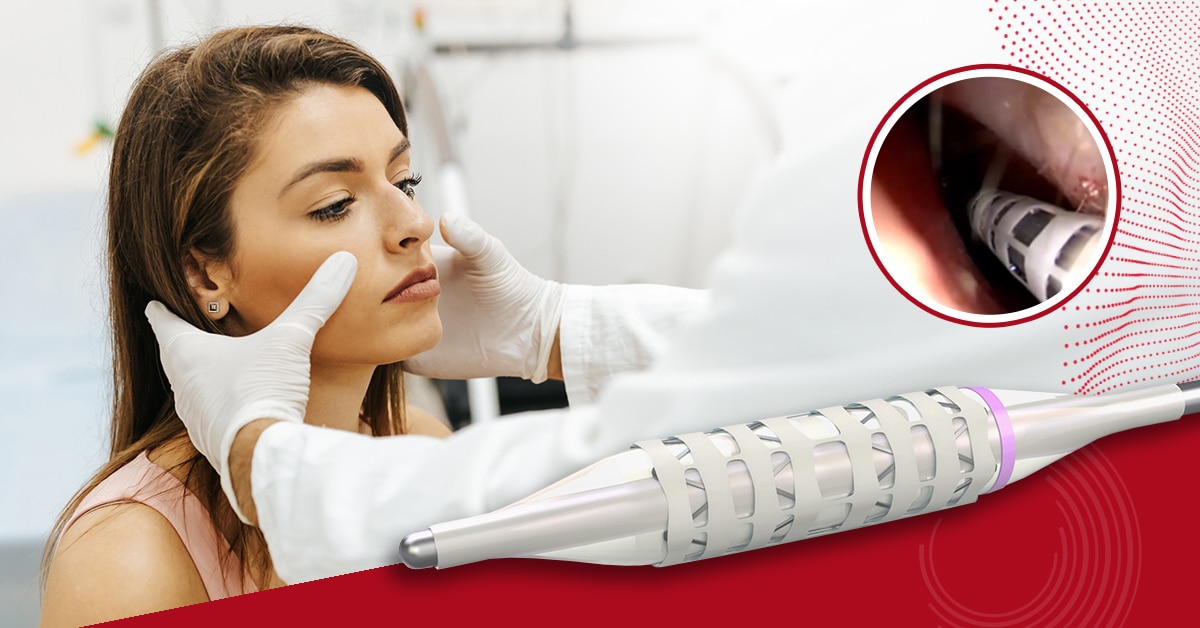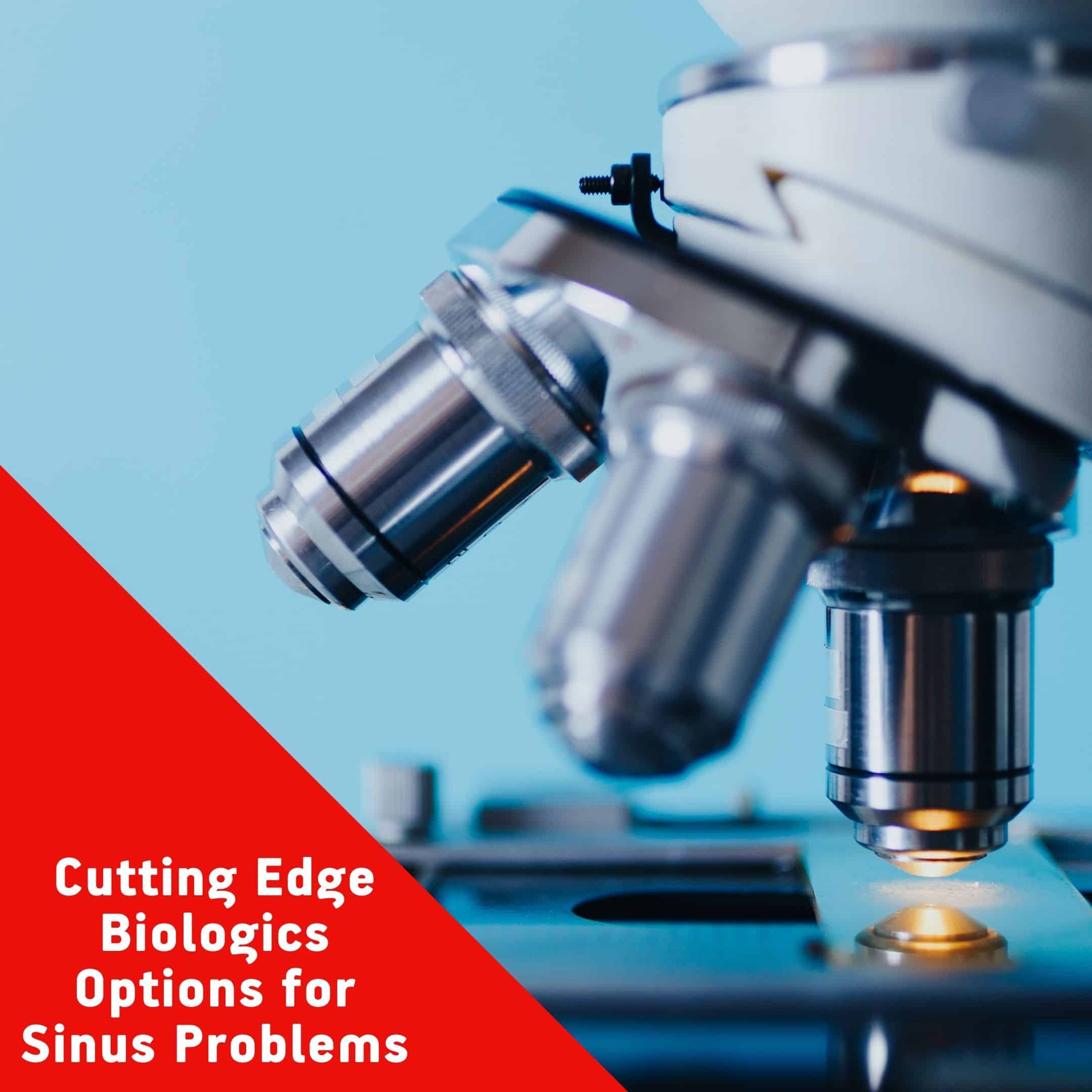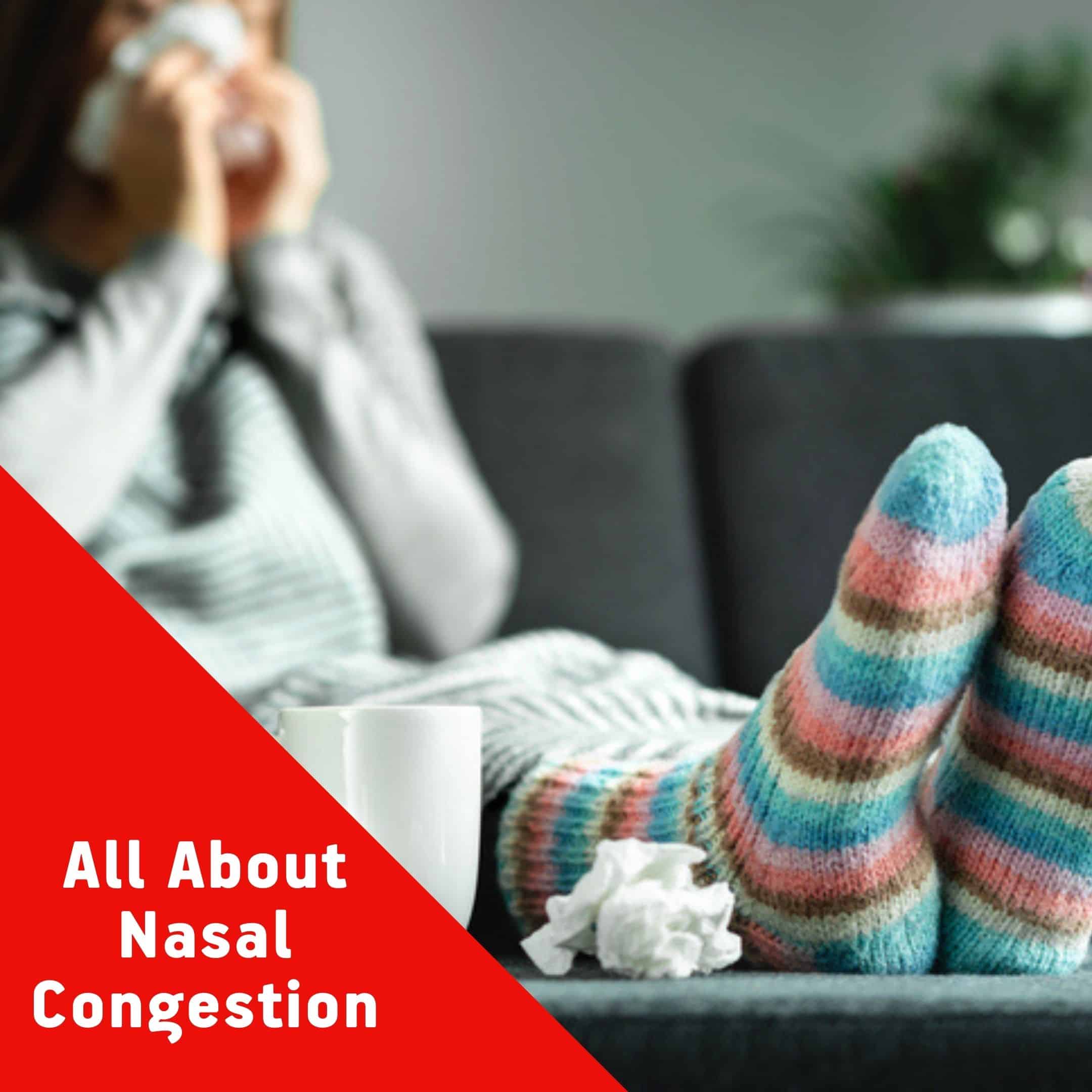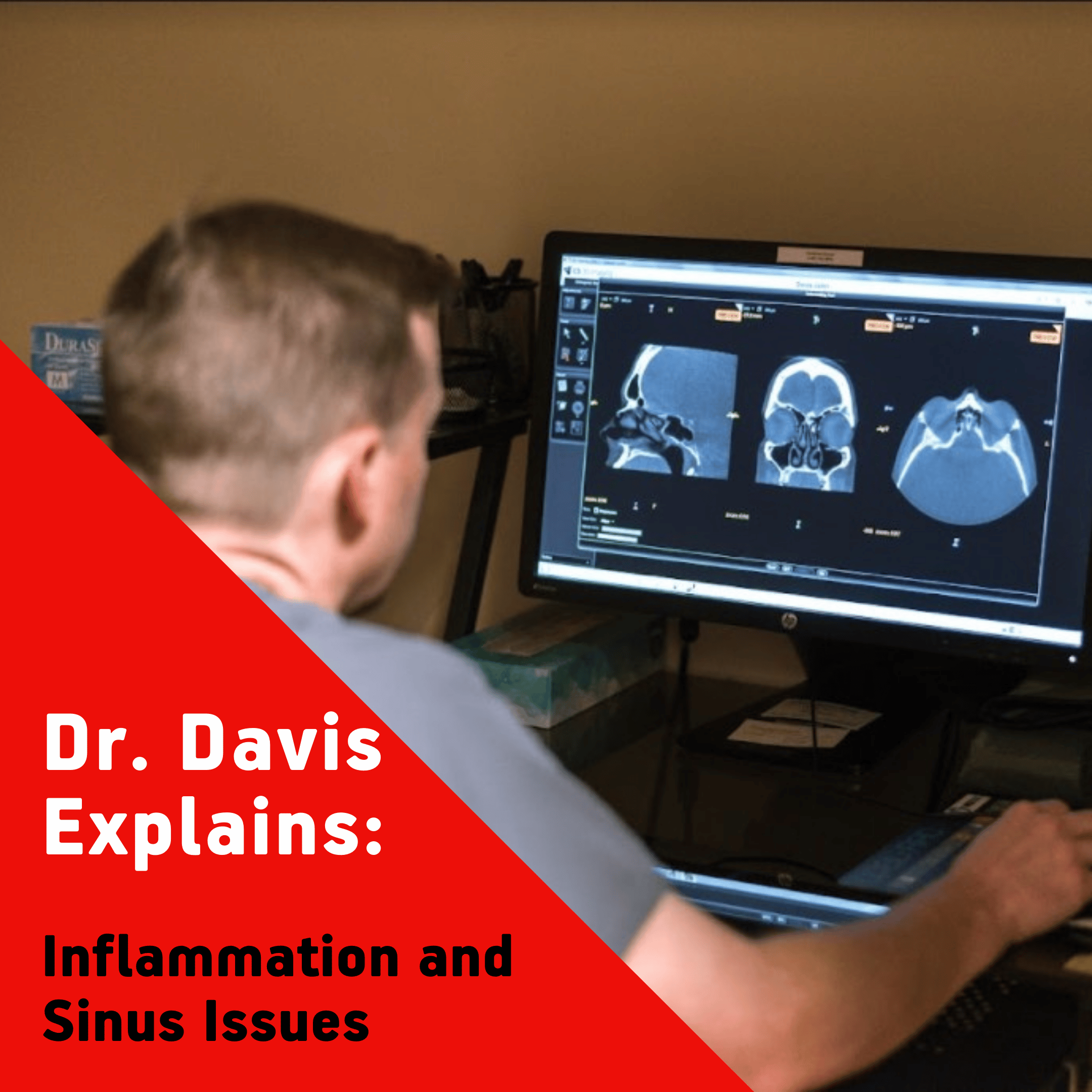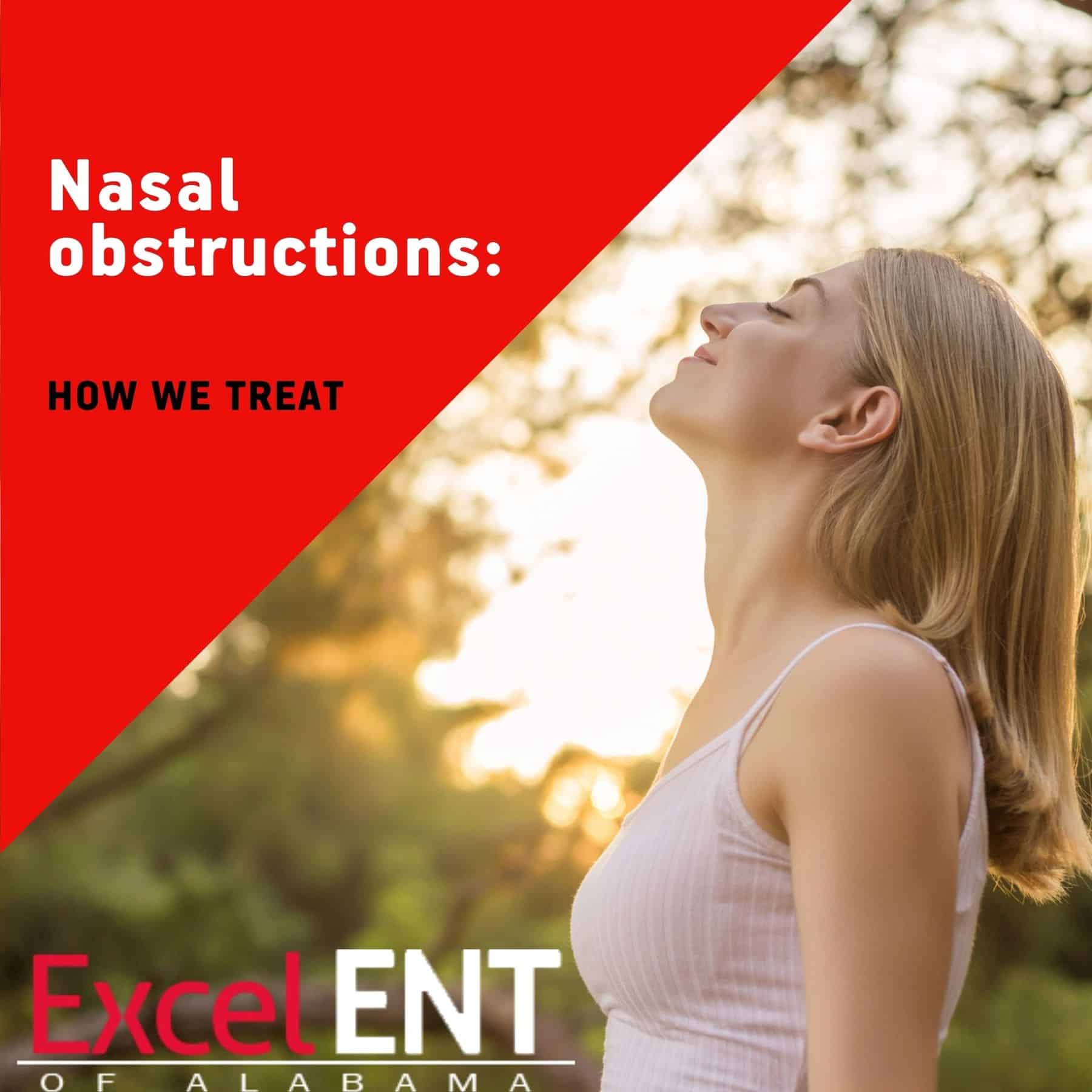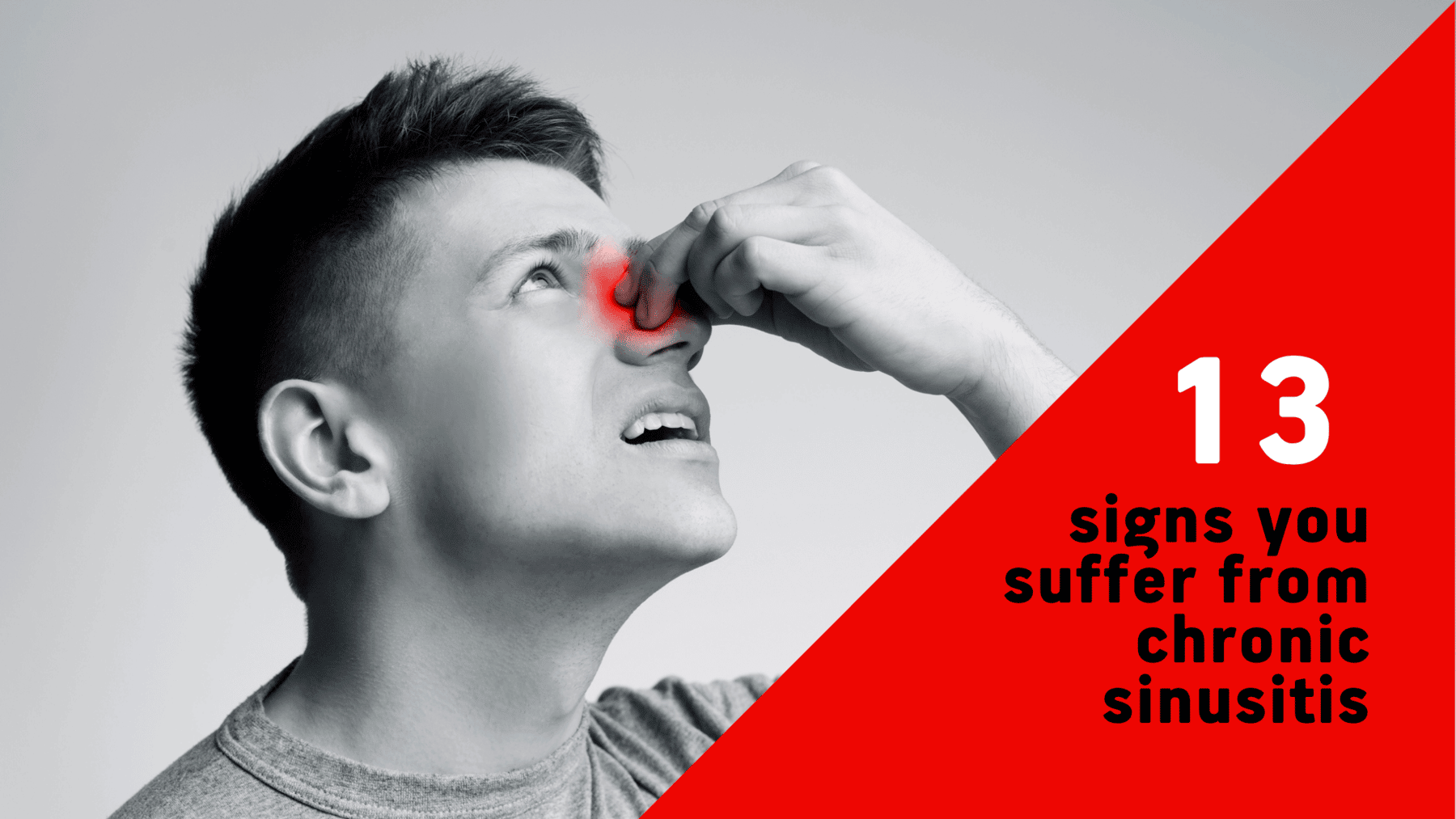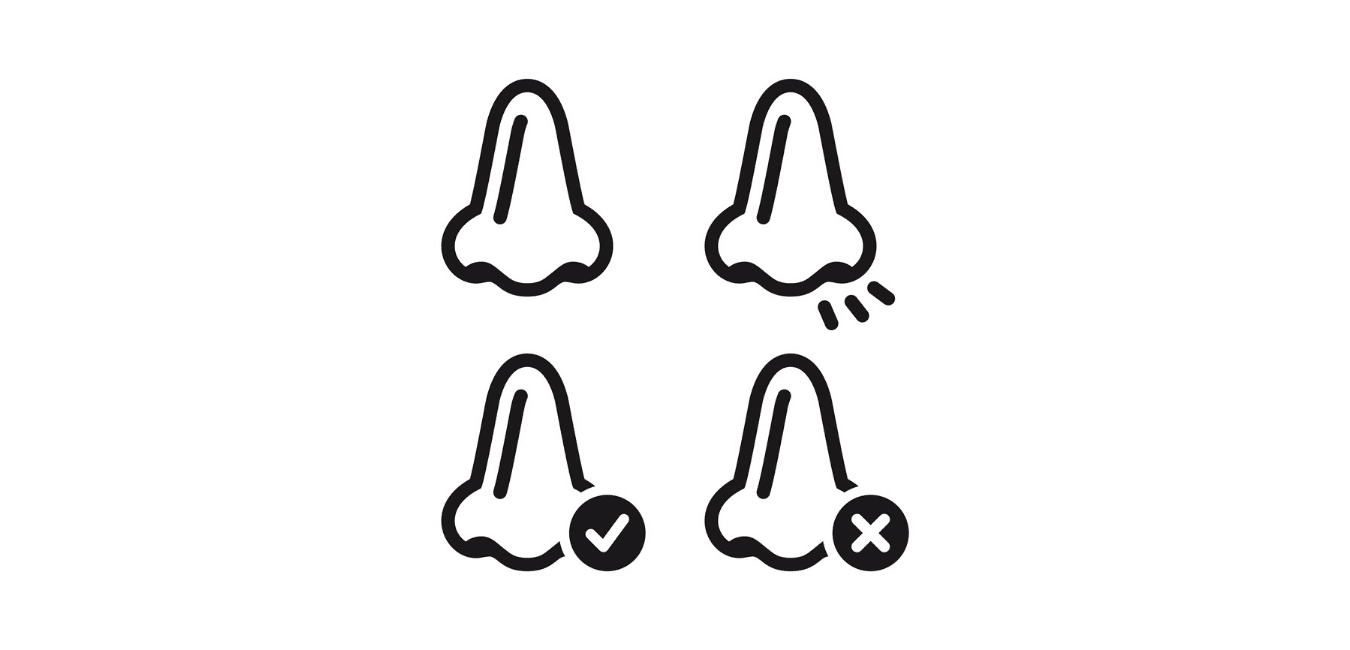The ArchSinus Stent: Better Healing Solutions After Sinus Surgery
It’s estimated that in the United States, more than 250,000 people every year undergo sinus surgery of some sort to address a variety of nasal and sinus problems. With such a large number, it’s no wonder that modern medicine continues…
